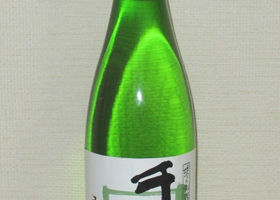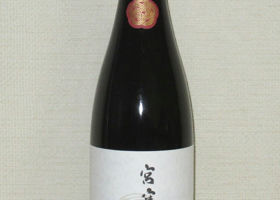山の壽純米酒 辛口 しぼりたて なま


海の男
Junmai sake with a rice polishing ratio of 65%. It is not fruity but has a nice aroma. It had no flavor on the day it was opened, but after about three days, the umami flavor emerged. The aftertaste is moderate acidity and astringency. It seems to be good with fried food. It is best served at room temperature, but lukewarm heating gives it an unpleasant aroma. A little citrusy when cooled.
Japanese>English





































